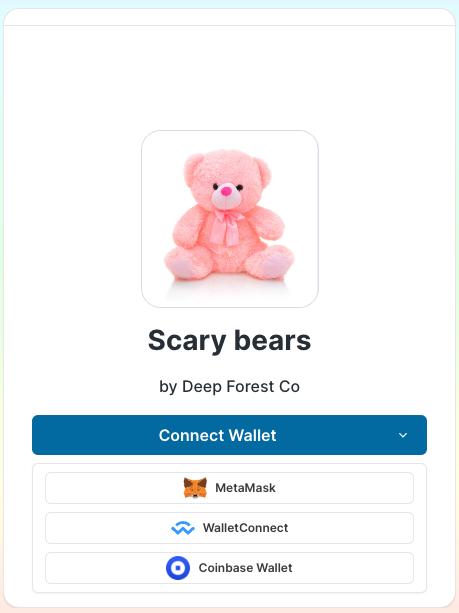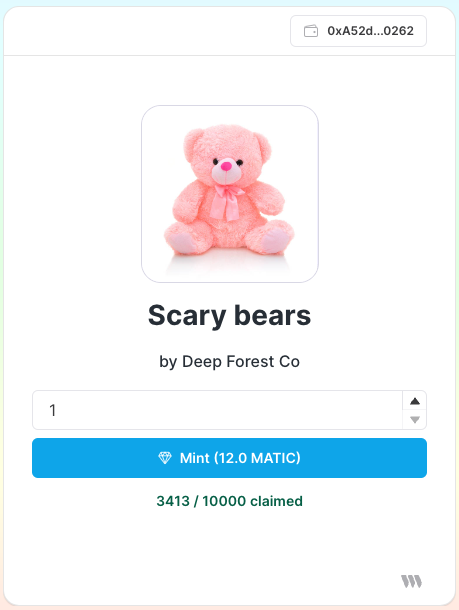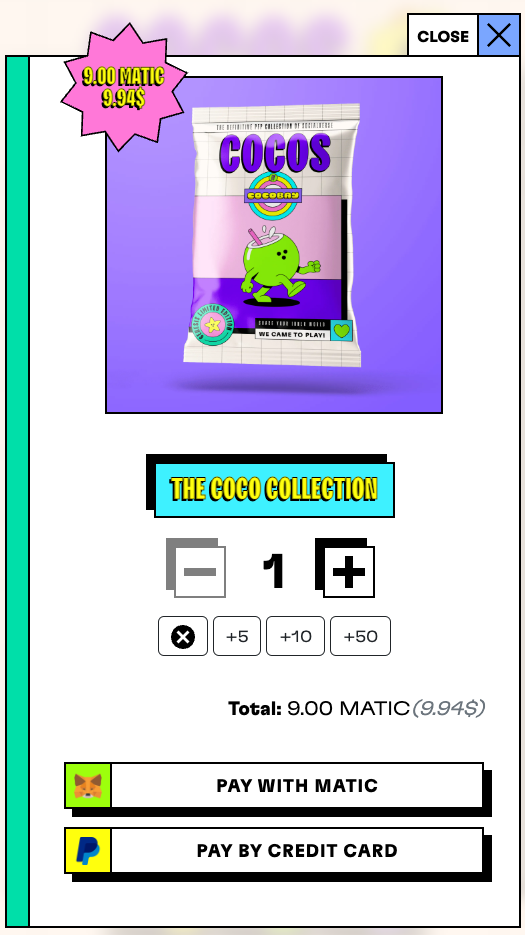Web3 for Everyone: Maximizing User Adoption
Web3 is a disruptive change in technology and culture. We already faced a similar change in the early days of the internet. When the internet first emerged, it was a revolutionary technology that transformed the way we communicate, access information, and conduct business. However, it also faced significant adoption barriers due to a lack of understanding and education among the general public.
Many people were initially intimidated by the internet and struggled to navigate the new terminology and concepts associated with it. Terms such as "URL", "browser," and "HTML" were unfamiliar to most people, and there was a steep learning curve associated with getting online and using the internet effectively.
Similarly, in the early days of Web3, there is a significant learning curve associated with understanding the technology, terminology, and best practices. This can make it challenging for newcomers to feel confident in their ability to use Web3 products and services effectively.
However, just as the internet eventually became more accessible and user-friendly, we can expect Web3 to follow a similar trajectory. By focusing on simplifying the onboarding process and terminology, we can help promote adoption and ensure that everyone has an equal opportunity to benefit from this exciting and disruptive technology.
Biggest challenges for newcomers to Web3
Poor User Experience
This is the standard user experience when purchasing Web3 products:

1. Connect your wallet

2. Pay with MATIC
It is different to the traditional Web2 flow because it asks for a crypto wallet to be connected before even being able to see the price of the product.
It assumes that the user knows what a crypto wallet is and the concept of "minting" an NFT, and they are familiar with MATIC.
Complexity
The start of the journey into the Web3 world involves more than just the basics. To fully engage with the technology, users must possess a crypto wallet, and be prepared to navigate many concepts and terms. These include gas fees, multiple cryptocurrencies, diverse blockchain networks, and multiple wallets.
In addition, there are also complex terminologies such as tokens, NFTs and smart contracts that users must be familiar with.
The possession of a crypto wallet is an absolute necessity for participation in the Web3 ecosystem. It can be likened to the requirement for an email address to receive digital communications, with similar challenges in terms of adoption. However, the added complexity of being associated with money can serve as a deterrent for some users.
Adoption
Having a wallet in Web3 is very similar to having a credit card. It faces the same challenges credit cards had when they were first adopted in the 1950s. They were not widely adopted until the 80s and 90s.
The adoption of debit cards faced several challenges, including:
- Lack of infrastructure: When debit cards were first introduced, there was limited infrastructure in place to support them. Merchants needed to install point-of-sale (POS) machines to process transactions, and banks needed to develop networks to facilitate transactions between different financial institutions. This lack of infrastructure slowed down the adoption of debit cards.
- Security concerns: There were concerns about the security of debit cards, particularly around the potential for fraud and theft. Consumers were hesitant to use debit cards for fear that their accounts could be compromised.
- Consumer behavior: Many consumers were used to paying with cash or checks, and it took time for them to adjust to the idea of using a debit card. Some consumers were also worried about overspending or going into debt when using a debit card.
- Regulation: In some countries, there were regulatory barriers to the adoption of debit cards. For example, in some countries, the fees charged to merchants for processing debit card transactions were regulated, which limited the incentives for merchants to accept debit cards.
Despite these challenges, the convenience and security of debit cards eventually won over consumers, and they are now widely used around the world.
Web3 will face 3 of those 4 challenges, all but infrastructure since that has a much faster rollout than debit cards 50 years ago, thanks to recent technology advancements.
We can expect the same thing to happen with Web3 wallet adoption, happening at a much faster pace.
The Key: Simplify the User Experience
- Avoid Web3 terminology unless strictly needed. For example, using the word "Mint" instead of "Buy Now" is an unnecessary change that will confuse users for no benefit. Calling digital products "NFTs" is also confusing for newcomers. The US Dollar is a Non-Fungible Token, but nobody calls it that when you take it from an ATM.
- Assume that people will have a crypto wallet. Don't see this as a limitation for the adoption of your Web3 product. Users will create a crypto wallet when they need it. Same as when they registered an email when they needed it.
- Avoid pricing your products using unfamiliar currencies to the user (ETH, MATIC, BTC, BNB, etc.). These currencies fluctuate frequently. They are not used widely like FIAT currencies (USD, EUR or GBP). Let the user decide what currency to see the product in, and even let them choose what currency they use to pay.
- Support multiple payment methods. Not everyone uses a single payment method: cash, bank transfer, credit card, PayPal, or crypto. Offer your users the payment methods that are most comfortable for them.
- Do not rely on 3rd-parties to validate the user received the product they bought, such as OpenSea. During the purchase experience, give them instant feedback about their purchase, and offer a way to visualize it. Most e-commerce platforms send a confirmation email. It would not be too bad to offer the user the possibility of receiving an email receipt for their purchase. In addition, you can show them where in the blockchain the transaction has happened.
A Better User Experience
This is an example of what we believe is a better user experience following the advice provided above:

Although we observe some gradual improvements in the user experience of Web3 products, even the previously mentioned example has room for improvement for individuals who are new to the platform.
We will continue analyzing other Web3 products, and the progression over time towards a better user experience.
Let us know what you think!
Would you like to hear more about a specific topic mentioned in the article? Do you want to share your experience? Join the conversation on Twitter!

